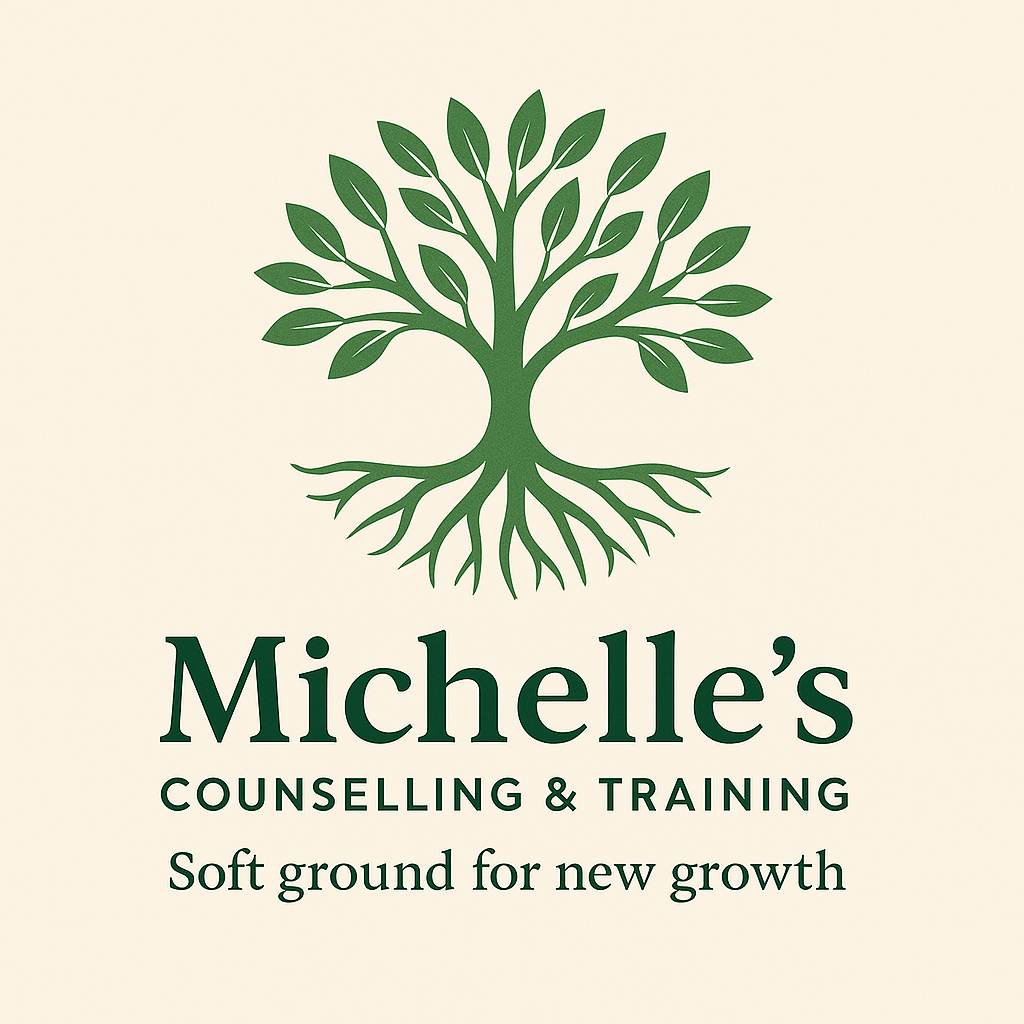CPD Workshop: Working Creatively with Emotions in Therapeutic Practice
Introduction
Welcome and Overview: Introduction to the workshop’s goals.
Workshop Objectives:
Understand the role of creative approaches in emotional expression.
Explore the risks and benefits of creative methods in therapy.
Learn how to implement creative practices safely.
Section 1: The Role of Creativity in Emotional Work
Theories of Emotional Processing:
How emotions are processed and expressed in therapy (CBT, Gestalt, Art Therapy).
Creative Tools and Modalities:
Art, music, drama, movement, journaling, sandplay, role-play.
Benefits of Creative Approaches:
Non-verbal expression and processing of complex emotions.
Enhanced insight and self-awareness.
Opportunities for reframing emotional experiences.
Section 2: Risks and Challenges of Creative Work
Psychological Risks:
Re-traumatization, overwhelm, and emotional flooding.
Ethical dilemmas with vulnerable clients.
Practical Challenges:
Client resistance or discomfort with creative tasks.
Ethical boundaries, consent, and cultural considerations.
Interactive Discussion: Share experiences or concerns when using creative methods.
Section 3: Safely Implementing Creative Approaches in Therapy
Establishing Trust and Safety:
The importance of a strong therapeutic relationship and boundaries.
Client-Centered Creativity:
Tailor exercises to individual client needs and preferences.
Regular check-ins to ensure client comfort.
Practical Tips for Implementation:
Set clear goals for each creative exercise.
Track emotional responses and discuss them with clients.
Use debriefing techniques after creative activities.
Activity: Demonstrate a creative technique (e.g., drawing or guided imagery) and discuss its safe use in therapy.
Section 4: Integrating Creative Approaches into Practice
Case Studies and Examples:
Real-world examples of creative techniques in therapy.
Group Discussion:
How to integrate creative work into existing practices.
Considerations for various client populations (e.g., children, trauma survivors).
Using creative tools for specific therapeutic goals (e.g., emotional regulation, trauma healing, self-exploration).
Conclusion and Q&A
Summary of Key Points: Recap the workshop’s key takeaways: benefits, risks, and safe implementation of creative techniques.
Open Floor for Questions: Discussion and clarification of any remaining queries and closing comments

